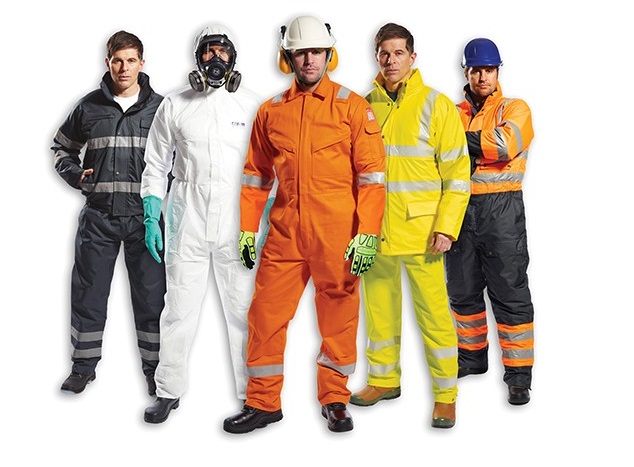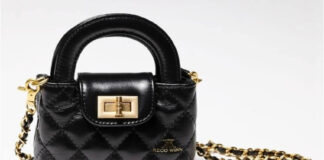A large number of manufacturers and distributors are mainly focusing in the development of more sustainable and recyclable materials for a wide range of industries. They are also adopting the set of norms provided by government agencies worldwide. The demand for surgical gowns, coveralls, and isolation gowns has upsurge rapidly from the healthcare sector to prevent the transmission of microorganisms through blood or bodily fluids in themselves, as well as the patients.
In the healthcare environment, there is a rising demand for protective clothing to prevent contamination from various sources. Healthcare workers are persistently working to control the rate of infection by correctly disposing and laundering the clothing. The Directorate General of Health Services, Ministry of Health and Family Welfare, OSHA, and World Health Organization (WHO) implemented new set of rules to be followed by the workers of primary health care centers, quarantine centers, laboratories, point of entry (POEs), and hospitals.
Rising Usage of Protective Clothing to Prevent Injuries will drive the Chemicals Segment
Based on end use, the industry is fragmented into oil & gas, firefighters, chemical, pharmaceutical, and others. Amongst these, the chemical segment is expected to procure the largest share owing to the increasing usage of protective clothing in the chemical industry for preventing injuries caused by hazardous chemicals, such as cleaning agents, degreasers, and paints. Besides, workers in several industries are nowadays exposed to various types of toxic chemicals. The oil & gas segment, on the other hand, held 13.5% protective clothing industry share in 2019.
The global protective clothing industry is anticipated to be driven by the rising government norms worldwide to maintain workplace safety, especially in the manufacturing, food processing, construction, healthcare, and chemical industries. Also, the increasing cases of accidental injuries and mortalities would affect the industry positively. This information is a recent study, titled, “Protective Clothing Industry Size, Share & Industry Analysis, By Product (Disposable and Durable), By Application (Flame Retardant Apparel, Chemical Defending Garment {Radiation Protection, Particulate Matter, and Others}, Clean Room Clothing, Mechanical Protective Clothing, and Others), By End-Use (Pharmaceutical, Oil & Gas, Chemical, Firefighters, and Others), and Regional Forecast, 2020-2027.” The study further states that the protective clothing industry size was USD 12,481.0 million in 2019 and is projected to reach USD 34,316.9 million by 2027, exhibiting a CAGR of 14% during the forecast period.
North America to Dominate Fueled by Strict Laws by OSHA Regarding Workers’ Safety
The industry is regionally categorized into the Middle East and Africa, Latin America, Asia Pacific, Europe, and North America. Out of these, North America procured USD 4,677.9 million in revenue in 2019. It is set to dominate throughout the forecast period. This growth is attributable to the rising number of stringent norms put forward by the Occupational Safety and Health Administration (OSHA) to ensure workers’ safety. The organization has formed certain safety standards associated with industrial disasters, such as manufacturing machinery failures, fires, and others. The Asia Pacific would grow rapidly backed by the rising rates of occupational accidents in the developing countries, such as South Korea, India, and China.
Read Also: Fashion Trends to Consider While Wearing Dhoti in Indian Wedding
Lists out the names of all the organizations present in the global industry. They are as follows: TenCate Protective Fabrics (U.S.), Kimberly-Clark Corporation (U.S.), Ansell Microgard Ltd. (U.K.), DuPont (U.S.), Bennett Safetywear Ltd. (U.K.), TEIJIN LIMITED (Japan), Udyogi (India), Sanctum Work Wear Pvt. Ltd. (India), Derekduck Industries Corp. (Taiwan), Protective Industrial Products (PIP) (U.S.), Other prominent companies
Key Manufacturers Aim to Enhance Portfolio through Acquisitions
A large number of manufacturers and distributors are mainly focusing in the development of more sustainable and recyclable materials for a wide range of industries. They are also adopting the set of norms provided by government agencies worldwide. In addition to that, they are following the strategy of mergers and acquisitions to broaden their product portfolio & serve their consumers better. Below are two of the latest industry developments:
- March 2020: Lakeland Industries, Inc. augmented its previously planned expansion of the manufacturing capacity by 30%. Since the past couple of years, it has invested around USD 6 million to widen its manufacturing footprint into India and Vietnam, increase margins, improve efficiencies, as well as add and update IT systems. The company decided to upsurge production because of the outbreak of the Covid-19 pandemic.
February 2019: Protective Industrial Products, Inc. (PIP) successfully acquired West Chester Protective Gear. This new deal would solidify PIP’s position in the global industry in North America. It would be able to deliver the retailers and distributors in the safety industry with a broad product.















